
What Are Bitcoin Layer 2?
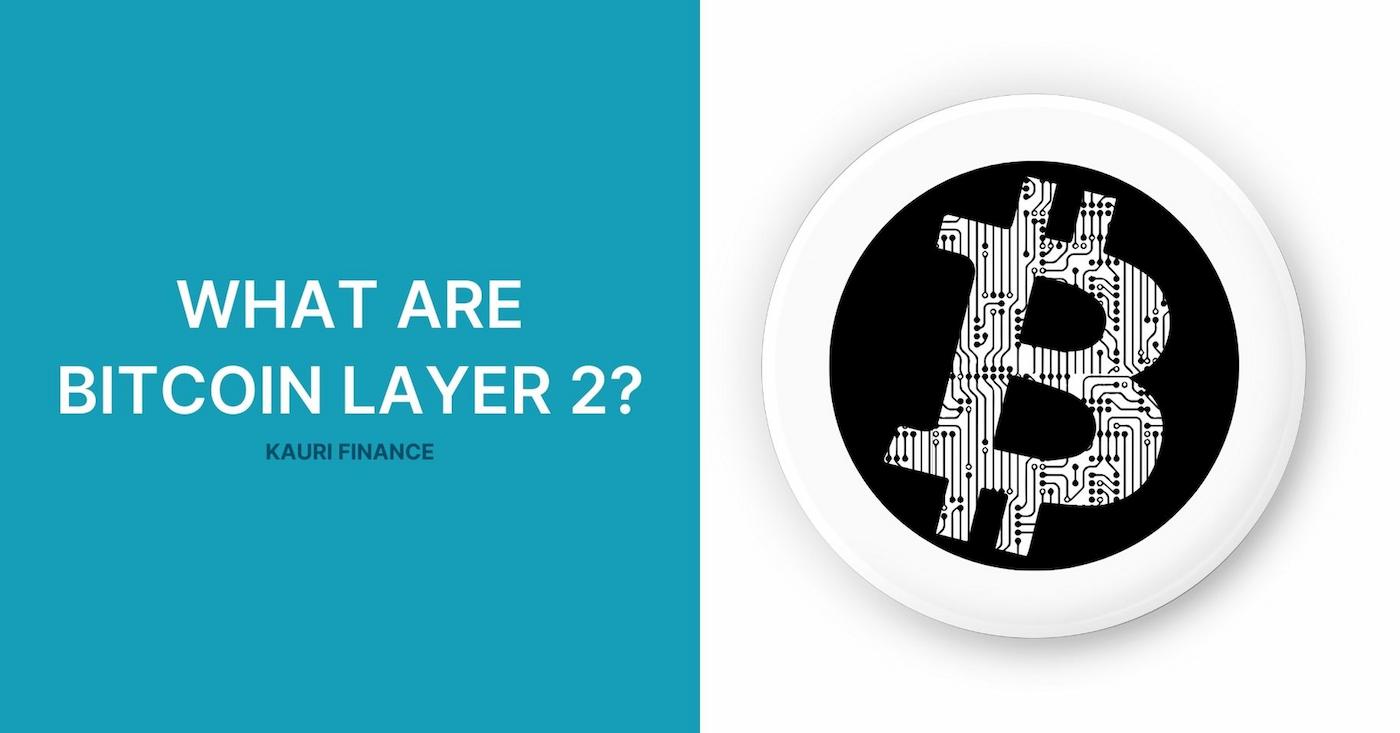
Originally designed for security and decentralization, Bitcoin struggles with limited transaction throughput and extended processing times, particularly during periods of high network demand.
To address these growing pains, the crypto community has innovated Bitcoin Layer 2 networks. These are advanced protocols developed atop the original Bitcoin blockchain, designed specifically to enhance scalability by processing transactions off the main chain. Kauri Finance recognizes the transformative potential of these Layer 2 solutions and is actively engaged in leveraging these technologies to provide enhanced services to our users.
What Are Bitcoin Layer 2?
Bitcoin Layer 2 networks are advanced protocols developed on top of the existing Bitcoin blockchain. These networks are not standalone systems but are intricately linked to Bitcoin's primary layer, often referred to as Layer 1. The main purpose of Layer 2 solutions is to enhance the performance and scalability of Bitcoin transactions, which are known to be slower and more costly compared to other modern blockchain technologies due to the inherent limitations of the original design.
Layer 2 solutions address these performance issues by handling transactions off the main Bitcoin blockchain. This method significantly reduces the burden on Layer 1, allowing it to maintain its primary functions of security and decentralization while delegating high-frequency and smaller transactions to a secondary layer.
By processing transactions off-chain, Layer 2 networks can perform multiple transactions at a fraction of the cost and time required by the main chain. After multiple transactions have been executed off-chain, the final state is then recorded on the main blockchain, which validates the results without needing to process each individual transaction.
Why Bitcoin Layer 2?
Bitcoin's scalability limitations are primarily rooted in its design, which prioritizes security and decentralization. The network typically processes transactions every 10 minutes in a single block, with a capacity to handle only about seven transactions per second (TPS). This design, while secure, cannot compete with the transaction speeds of more modern blockchains or traditional financial systems like credit card networks, which can process thousands of transactions per second.
During periods of high demand, this limited throughput leads to a backlog of unconfirmed transactions, resulting in longer wait times and higher transaction fees. As Bitcoin's popularity and adoption have grown, these limitations have increasingly acted as a bottleneck to scalability and practical usability, especially for transactions that require quick confirmation times.
The need for Layer 2 solutions emerged from these challenges as a means to scale Bitcoin's capacity for handling transactions without compromising the underlying principles of its network. By moving frequent, smaller transactions off the main chain, Bitcoin could maintain its robust security model while significantly increasing its transaction throughput and reducing costs.
How Bitcoin Layer 2 Works?
Layer 2 solutions mitigate the inherent limitations of Bitcoin by processing transactions off the main blockchain. This principle of off-chain processing means that transactions are handled in a separate layer, which only interacts with the main blockchain at specific points rather than continuously. This method drastically reduces the strain on the main network, allowing for faster and cheaper transactions.
Several key mechanisms underpin Layer 2 solutions:
- State Channels: These are private two-way communication channels between parties that allow them to conduct numerous transactions amongst themselves. A good example is the Lightning Network, where users can open a channel and transact privately. Only two transactions are recorded on the blockchain: one to open the channel and one to close it, summarizing the net result of all intermediate transactions.
- Rollups: These involve bundling or "rolling up" many transactions into a single one that gets processed off-chain, with only the final state being submitted to the main blockchain. Rollups come in two forms: optimistic and zero-knowledge (zk-rollups). Optimistic rollups assume transactions are valid by default and only run computations if a fraud proof is submitted. Zk-rollups, on the other hand, provide cryptographic proof that transactions are valid.
- Sidechains: These are separate blockchains that run parallel to the main Bitcoin blockchain and operate under their own consensus rules. They are connected to the main chain via two-way pegs, allowing assets to be securely transferred back and forth. Sidechains expand Bitcoin's capabilities by supporting more complex applications and use cases that are not feasible on the main chain.
These Layer 2 mechanisms are crucial for expanding Bitcoin's utility without altering its core protocol, providing effective solutions to enhance Bitcoin’s scalability, speed, and transactional efficiency.
Examples of Bitcoin Layer 2 Solutions
Lightning Network:
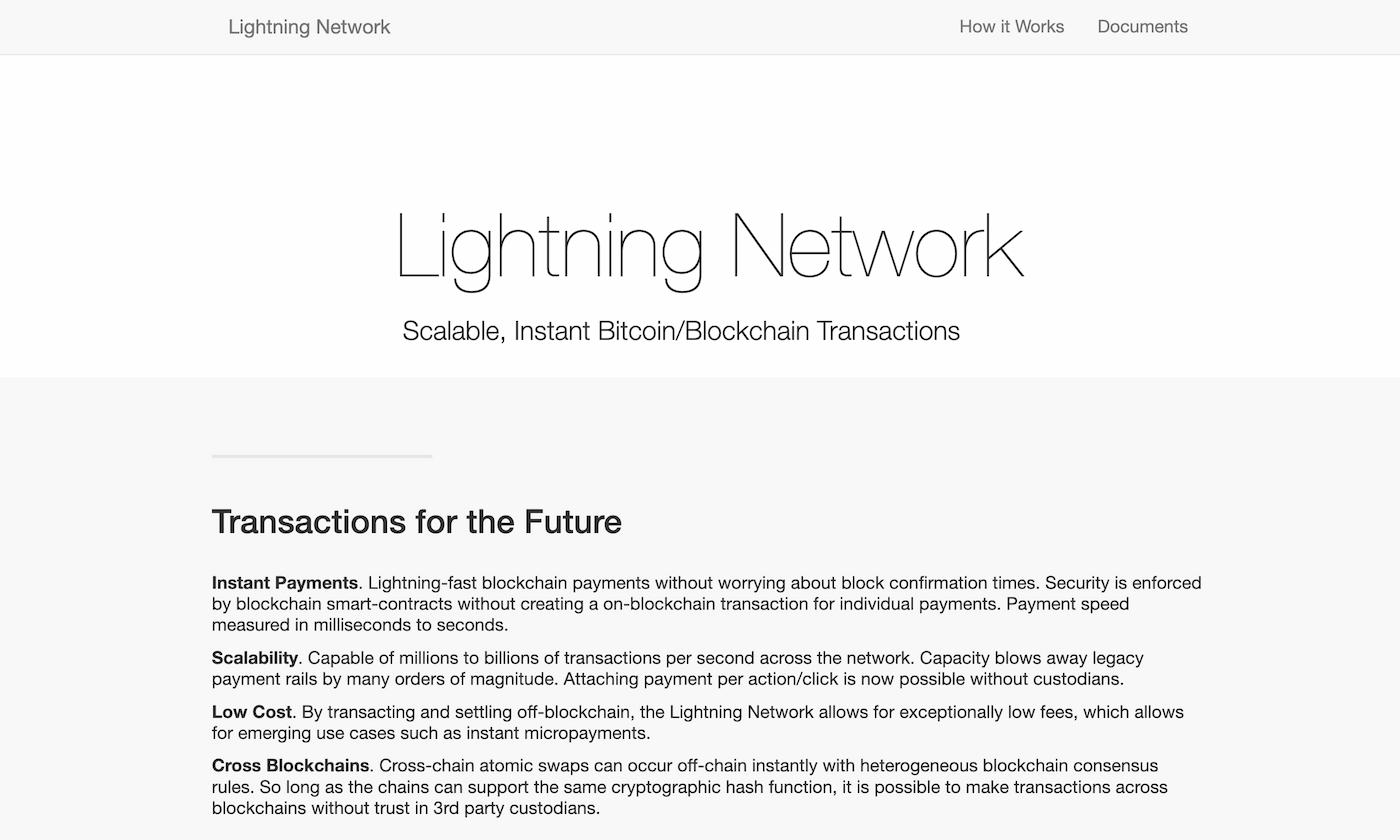
Lightning Network is one of the most well-known implementations of state channels. It allows for microtransactions to be processed rapidly and at a fraction of the cost of traditional Bitcoin transactions. The network achieves this by creating a layer of payment channels that only settle on the Bitcoin blockchain once the channel participants decide to close the channel. The benefits include high transaction throughput, low fees, and enhanced privacy.
Rootstock (RSK):
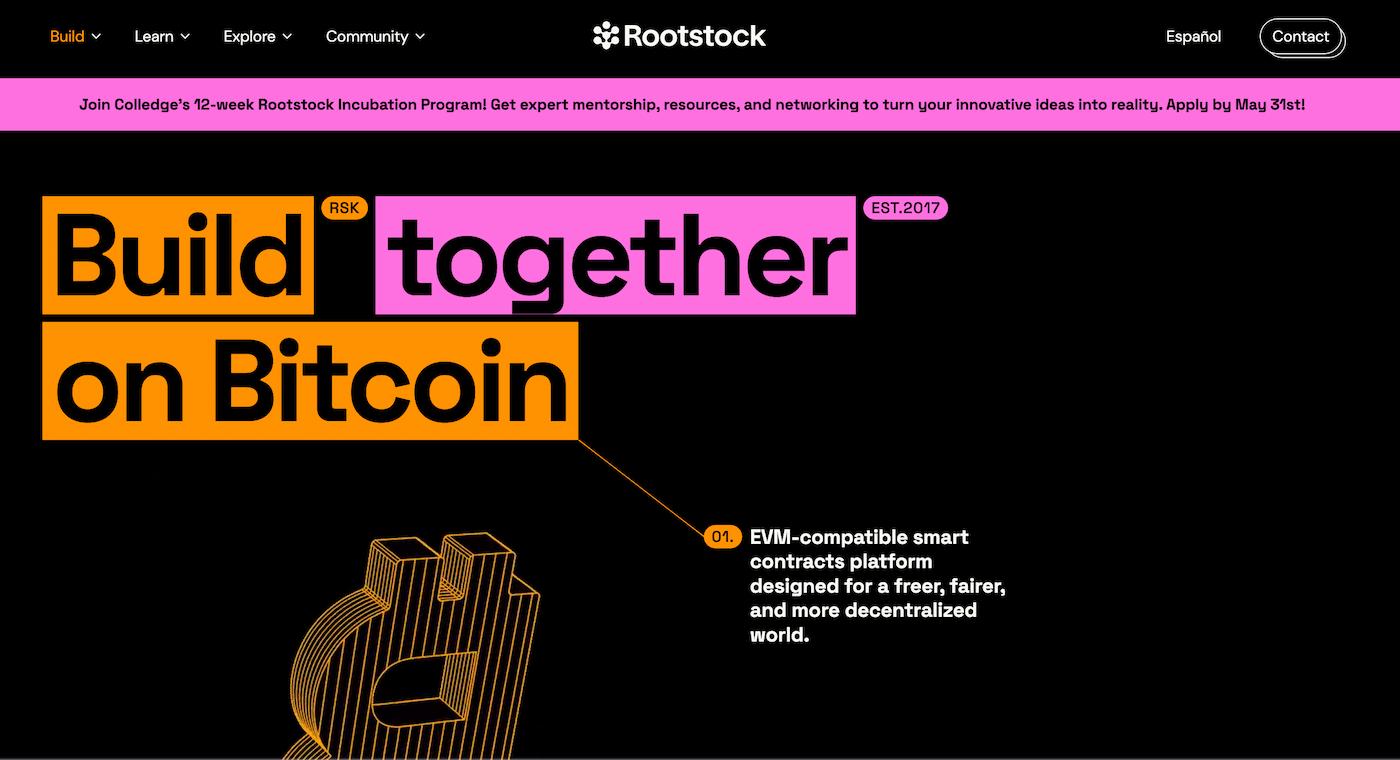
Rootstock (RSK) brings Ethereum-style smart contracts to the Bitcoin ecosystem. Operating as a Bitcoin sidechain, RSK allows users to lock Bitcoin into a smart contract on the Rootstock blockchain, where it gets converted into RBTC, which can then be used to deploy and interact with smart contracts just like Ethereum. This enhances Bitcoin’s functionality by enabling decentralized applications (DApps) that require complex agreements and automated enforcement, expanding Bitcoin’s use cases beyond simple transactions.
Stacks Protocol:
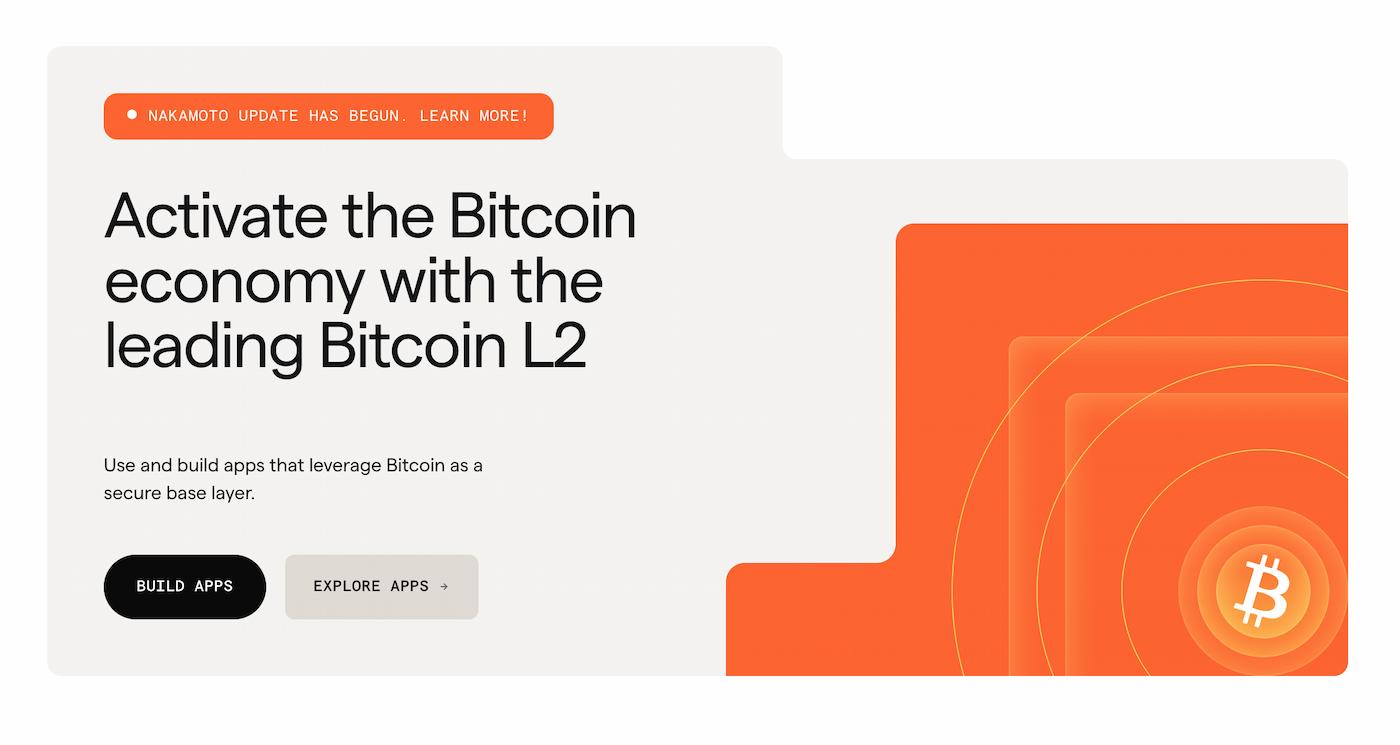
Stacks, formerly known as Blockstack, is a Layer 2 solution that introduces a way to support DApps and smart contracts on Bitcoin without modifying its core. It uses a unique consensus mechanism called Proof of Transfer (PoX), which anchors the Stacks blockchain to Bitcoin, ensuring security and stability while enabling more complex functionalities.
Liquid Network:
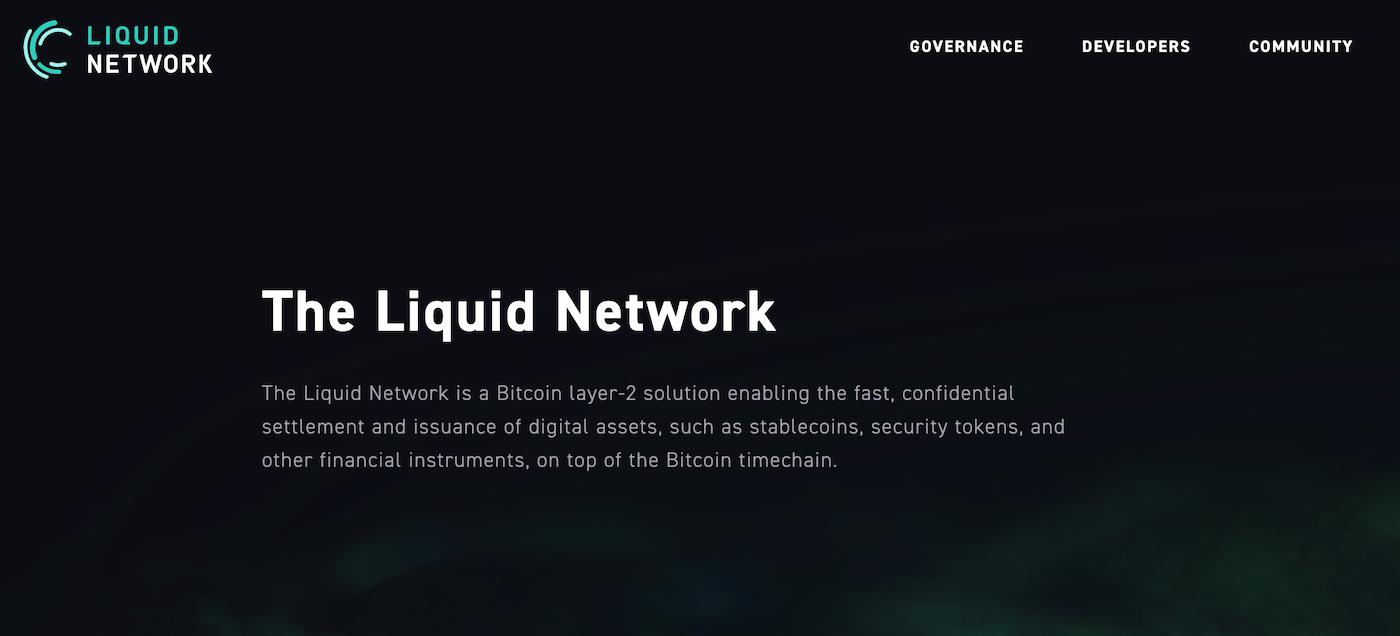
Liquid Network is a sidechain of Bitcoin, facilitating faster and more confidential transactions. It allows users to transfer Bitcoin to the network and receive Liquid Bitcoin (L-BTC) in return. This network is especially beneficial for traders and exchanges, needing faster settlements. Additionally, it supports the issuance of other digital assets, such as tokens representing fiat currencies, bonds, or commodities.
New Use Cases for Bitcoin Layer 2
This enhancement paves the way for a wide range of applications, including decentralized finance (DeFi), non-fungible tokens (NFTs), and complex smart contracts. For instance, platforms like Rootstock (RSK) bring Ethereum-like smart contract functionality to Bitcoin, enabling the creation of DeFi applications such as lending protocols and automated trading systems directly on Bitcoin.
The potential for Bitcoin DeFi is particularly notable. Layer 2 technologies enable features such as instant transactions and micro-fees, which are crucial for the high-frequency, low-cost environment of DeFi applications. This allows Bitcoin to not only serve as a value store but also as a backbone for financial services that can rival traditional banking and new blockchain networks.
Rise of Bitcoin Layer 2 Networks
Recent developments in Bitcoin Layer 2 technologies underscore their growing importance within the broader cryptocurrency ecosystem. A pivotal moment came when Binance, one of the world’s largest cryptocurrency exchanges, integrated the Lightning Network, facilitating faster and cheaper Bitcoin transactions for its users. This adoption by major industry players not only validates the utility of Layer 2 solutions but also signals a shift towards more widespread usage.
The future impact of Bitcoin Layer 2 networks looks promising. As these technologies mature, they are expected to further integrate into everyday cryptocurrency operations, driving innovation and adoption across
various sectors. This ongoing evolution will likely continue to attract more users and developers, fostering a more vibrant and dynamic Bitcoin ecosystem.
Closing Thoughts
Bitcoin Layer 2 networks have been instrumental in addressing the critical challenge of scalability while unlocking new capabilities for the world’s first cryptocurrency. By enhancing Bitcoin’s efficiency and expanding its functionalities, Layer 2 solutions have transformed Bitcoin from a mere digital currency into a more comprehensive platform for financial innovation.
These networks exemplify the potential of decentralized yet efficient systems that not only enhance the user experience but also fortify the overall security of digital transactions. Kauri Finance continues to support the growing needs of its customers, ensuring they benefit from the latest developments in the cryptocurrency space.
